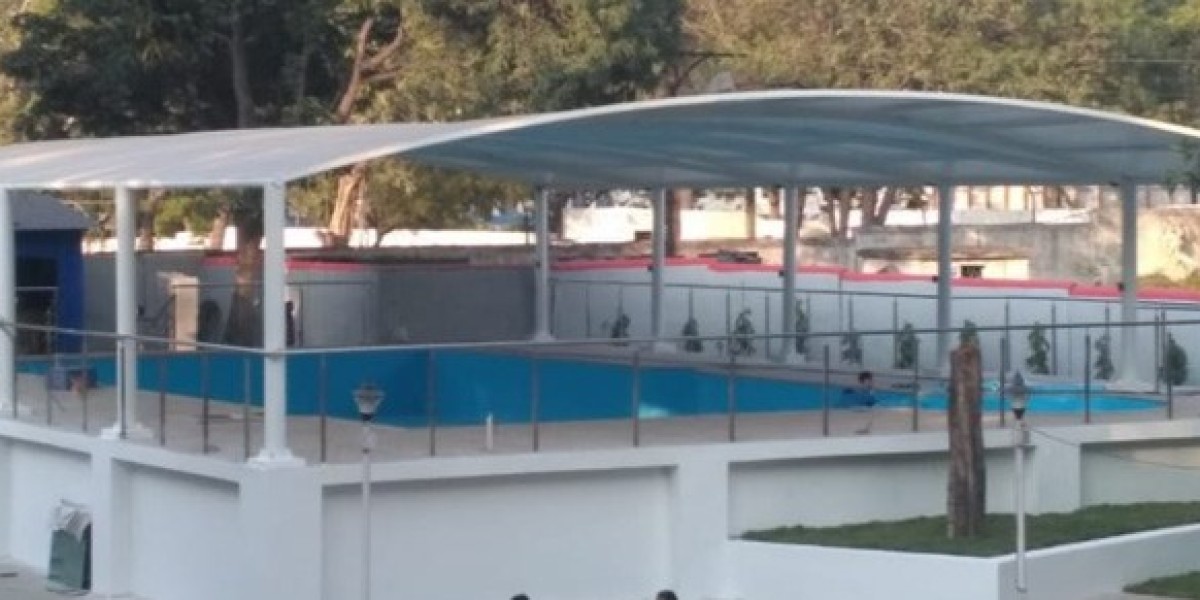1. Site Analysis and Design Planning
The installation process begins with a thorough analysis of the site. Engineers and designers assess the location, environmental factors (like wind, sun, and rain), and intended usage. Based on this data, a custom tensile structure design is created. This includes choosing the right materials, such as PVC-coated polyester, PTFE fabric, or ETFE film, and determining load-bearing capacities.
2. Foundation Preparation
A strong foundation is critical for the stability of tensile structures. Engineers determine the foundation type, which depends on the soil condition and structure size. Excavation is carried out, and concrete footings or anchor points are set to secure the structure.
3. Fabrication of Components
Once the design is finalized, the framework (typically steel, aluminum, or other metals) is fabricated to precise dimensions. Simultaneously, the tensile fabric is cut and welded or stitched to match the design specifications. Advanced techniques, like CAD software and CNC machines, ensure accuracy.
4. Erection of Supporting Framework
The supporting structure is assembled and erected on-site. This involves installing steel columns, masts, or arches. Using bolts or welding to withstand tensile forces and external loads, the framework must be precisely aligned and secured.
5. Installation of Tensile Fabric
The tensile fabric is carefully unfolded and attached to the supporting framework. Tensioning is the critical step in this stage. Using mechanical tensioners or hydraulic systems, the fabric is stretched evenly to achieve the desired tension. This ensures the structure can withstand environmental forces and maintain its shape.
6. Inspection and Finishing
After the fabric is installed, the structure undergoes a thorough inspection. Engineers check for proper alignment, tensioning, and overall stability. Additional components, like rainwater drainage systems, lighting fixtures, or decorative elements, are added as needed.
7. Handover and Maintenance Guidelines
The final step involves handing over the completed structure to the client, along with maintenance guidelines. Periodic inspections and cleaning ensure the tensile structure retains its durability and aesthetic appeal.









